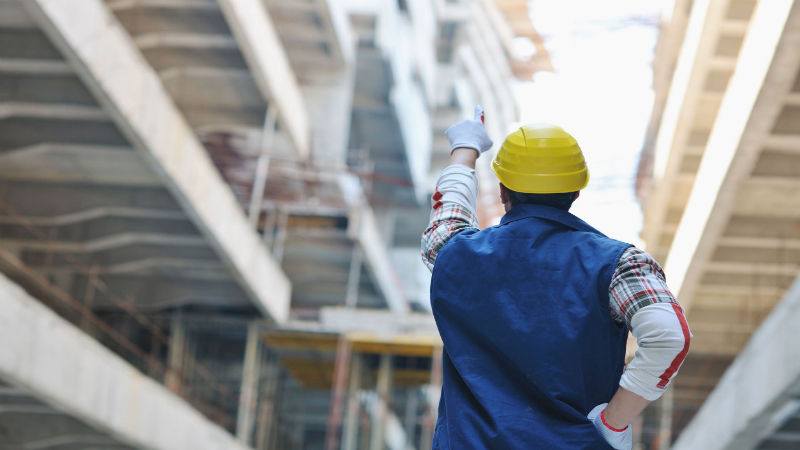Commercial buildings, particularly those with flat or low-slope roofs, have unique challenges when it comes to developing waterproof roof options. Many of the older and even some of the newer roofing systems will be effective at keeping out the moisture when the roof is new, but as it ages and the building settles, problems may begin to develop over time.
There are several different problems or inherent issues for low-slope roofs, which become more problematic as the pitch decreases down to what is called flat. By understanding these issues, it is easy to see why a waterproof roof is not always possible using layered, or single ply roofing options.
Shifting of the Building
Over time as the building shifts or settles, or the roof itself moves slightly, the low-slope roof may develop lower areas. This will allow water to pool, often across multiple seams or around areas of flashing. If the water freezes and thaws or if there is significant water pooling for extended periods of time this creates a greater risk of significant damage to the roof’s waterproofing, allowing leaks that can damage the roof structure as well as the surface.
Shrinkage, Expansion and Contraction
One of the big problems with the old types of waterproof roof solutions, including EPDM, Hypalon, and PVC roofing, is that the material will shrink over time. For some of these roofing options, the shrinkage can be up to 2%, which is a considerable amount over a large commercial building roof surface.
With heating and cooling of the roof, it is also possible for expansion and contraction to occur. With this constant movement of the surface, it is possible for the seams to open, resulting in leaks throughout the surface of the roof.
Irregular Areas
Using traditional roll or single ply option for roofing won’t provide an optimal waterproof roof around irregular areas of the roof, including in and around roof components, fixtures, vents and other areas. These irregular areas can allow water and humidity to move along the seams and under the roofing material, contributing to issues with expansion and contraction over time.
The only way to create a waterproof roof system is to use a fluid-applied membrane that can be applied to all areas without seams and easily covering all surfaces. With this option even irregular surfaces can be completely sealed, creating a true waterproof roof that is durable, energy efficient and designed to last.


